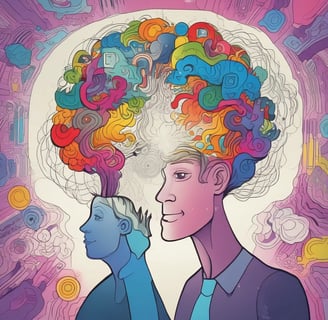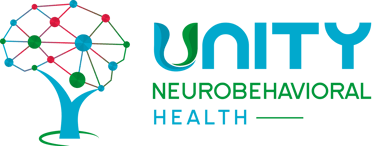Neurodiversity and the Workplace: A Modern Perspective on Cognitive Strengths and Accommodations
Neurodivergent minds bring unique perspectives, creativity, and problem-solving strengths to the workplace—yet many remain misunderstood or unsupported. This post explores how embracing neurodiversity not only fosters inclusion but also enhances team performance. Learn about the cognitive science behind neurodivergence, common workplace barriers, and practical strategies for building environments where all brains can thrive.
Luis Efren Aguilar, Psy.D.


The world of work is evolving—but not fast enough for neurodivergent individuals who continue to be misunderstood, underutilized, and unsupported in many professional settings. Neurodiversity celebrates the full spectrum of how people think, learn, and process information, offering workplaces an untapped well of innovation and creativity.
What Is Neurodiversity?
Neurodiversity refers to brain-based differences in attention, learning, social interaction, and sensory processing. Conditions such as ADHD, autism spectrum disorder (ASD), dyslexia, and dyspraxia are not simply disorders—they are part of the natural variation of human neurology.
This perspective challenges the traditional medical model of disability and instead focuses on strengths-based approaches. For example, a person with ADHD may struggle with deadlines but excel in high-energy, crisis-driven roles. A person with ASD might avoid small talk but thrive in pattern recognition and systems analysis.
Barriers and Bias in the Workplace
Unfortunately, workplace structures often operate under narrow assumptions about productivity, communication, and behavior. Neurodivergent employees are:
More likely to be unemployed or underemployed
Less likely to disclose their diagnoses
Frequently judged as "difficult" or "uncooperative"
Workplace environments that fail to consider sensory sensitivity, unstructured communication, or rigid deadlines set neurodivergent individuals up for failure.
Neuropsychological Impact of Poor Fit
Chronic stress, cognitive overload, and emotional fatigue are common when employees are forced to mask or camouflage their differences. This can lead to executive dysfunction, memory impairments, and mental health challenges such as anxiety and depression.
Actionable Strategies
Inclusive practices benefit not only neurodivergent employees but the entire team. Consider:
Offering flexible hours and remote work options
Providing written summaries of meetings
Creating low-stimulation environments
Incorporating strengths-based performance reviews
Reimagining Inclusion
From a neuropsychological perspective, inclusion means recognizing that different brains contribute in different ways—and that's a good thing. Employers who embrace neurodiversity report improvements in morale, innovation, and employee retention.
Resources:
Armstrong, T. (2010). Neurodiversity: Discovering the Extraordinary Gifts of Autism, ADHD, Dyslexia, and Other Brain Differences
© 2025 Unity Neurobehavioral Health. All rights reserved.


Office Location
(By Appointment Only)
Physical Address: 118 West Lime Avenue, Suite 101, Monrovia, CA 91016
Telephone: (626) 321-2889
Fax: (626) 593-4199
Email: info@unityneuro.com
